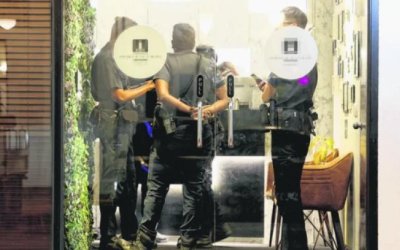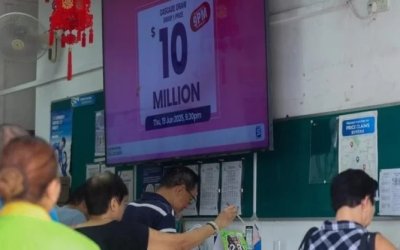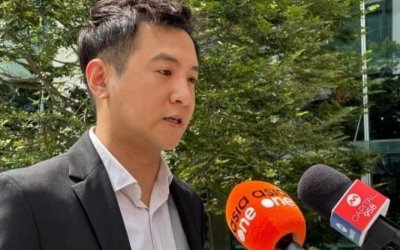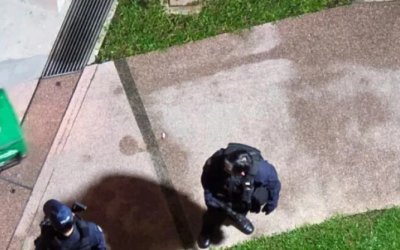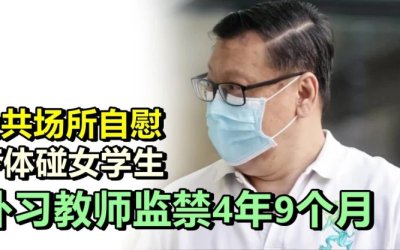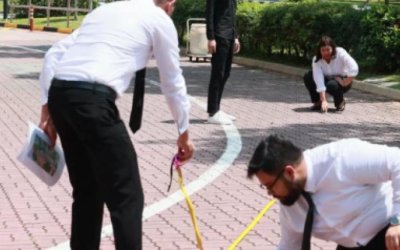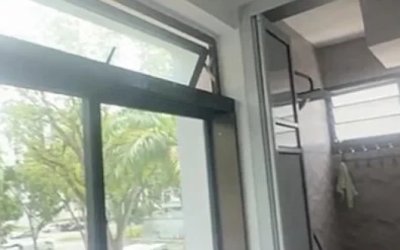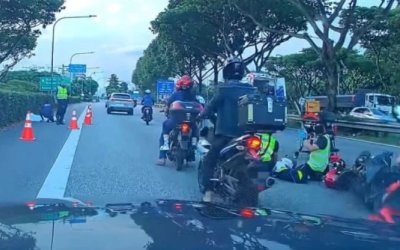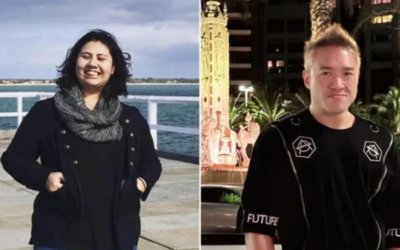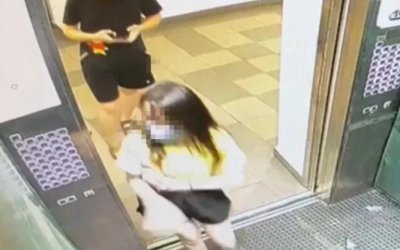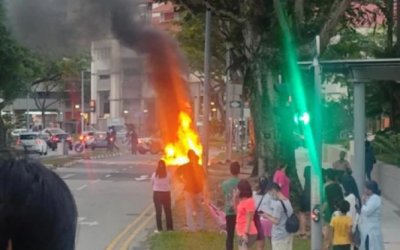2024年3月6日,新加坡衛生部長王乙康在國會上書面答覆義順集選區議員黃國光關於如何減緩新加坡兒童近視發生所採取的措施和定下的目標。
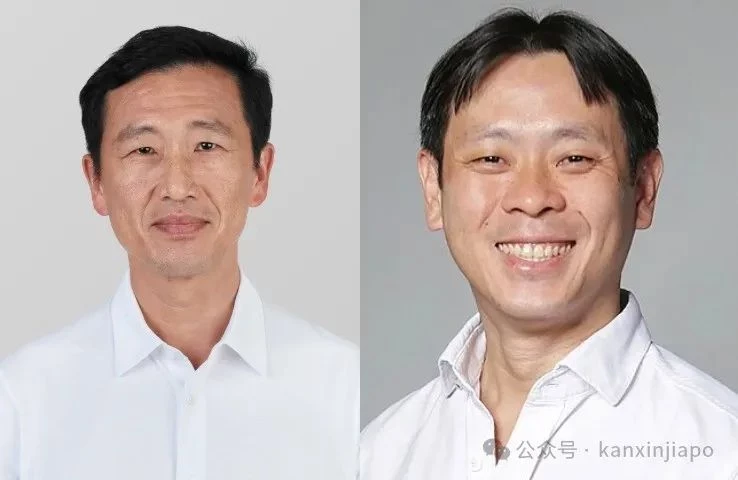
左圖:新加坡衛生部長王乙康
右圖:義順集選區議員黃國光
以下內容為新加坡眼根據國會英文資料翻譯整理:
國家預防小學生近視計劃戰略的成效
黃國光問:
(a) 衛生部為全國預防近視方案設定了哪些目標,以推遲新加坡兒童近視的發生並減緩其發展?
(b) 如果沒有設定目標,衛生部是否會考慮設定目標,以降低小學生的近視率?
(c) 衛生部如何衡量全國預防近視方案的成效?
王乙康答:
保健促進局(HPB)根據 "全國近視預防計劃"(NMPP)對幼兒園一年級至小學四年級的兒童進行篩查。該計劃旨在通過每年一次的視力篩查、舉辦工作坊等策略,讓家長掌握培養孩子良好用眼習慣,並與學校、眼科醫生和社區眼科醫療機構合作開展預防近視活動,來延緩兒童近視的發生和發展。
保健促進局跟蹤小學一年級未矯正視力≥ 6/12 的學童比例,以此作為衡量近視發病率的標準。自 2001 年開始實施國家近視預防計劃以來,小一兒童的近視率有所下降,並在 2023 年穩定在 26%,實現了保健促進局設定的 30%或更低的目標。
此外,保健促進局還監測選定中小學的近視嚴重程度 ,作為近視發展的指標。與2013年的19%相比,2023年選定小學的低度近視患病率穩定在20%。同期,中度近視率從9%降至7%,高度近視率從3%降至2%。同樣,在選定的中學,低度近視的發生率在2023年保持穩定,為27%,而2013年為28%。同期,中度近視率從20%降至18%,高度近視率從11%降至7%。

以下是英文質詢內容:
EFFECTIVENESS OF NATIONAL MYOPIA PREVENTION PROGRAMME'S STRATEGIES FOR PRIMARY SCHOOL STUDENTS
Mr Louis Ng Kok Kwang asked the Minister for Health (a) what targets has the Ministry set for the National Myopia Prevention Programme to delay the onset, and reduce the progression, of myopia for children in Singapore; (b) if there are no targets set, whether the Ministry will consider setting targets to lower the prevalence of myopia among primary school students; and (c) how does the Ministry measure the effectiveness of the National Myopia Prevention Programme.
Mr Ong Ye Kung: The Health Promotion Board (HPB) screens Kindergarten 1 to Primary 4 children under the National Myopia Prevention Programme (NMPP). The programme aims to delay the onset and progression of myopia in children through annual vision screening, workshops to equip parents with strategies to develop good eye care habits in their children and partnerships with schools, ophthalmologists and eyecare providers in the community on myopia prevention initiatives.
HPB tracks the proportion of Primary 1 (P1) school children with uncorrected visual acuity of ≥ 6/12 as a measure of onset of myopia. Since the inception of NMPP in 2001, myopia prevalence rates in P1 children have decreased and stabilised at 26% in 2023, achieving HPB's target of 30% or lower.
In addition, HPB monitors myopia severity levels1 in selected primary and secondary schools as an indicator of myopia progression. The prevalence of low myopia in selected primary schools remained stable at 20% in 2023 compared to 19% in 2013. Over the same period, moderate myopia decreased from 9% to 7% and high myopia decreased from 3% to 2%. Similarly, in selected secondary schools, the prevalence of low myopia remained stable at 27% in 2023 compared to 28% in 2013. Over the same period, moderate myopia decreased from 20% to 18% and high myopia decreased from 11% to 7%.
新加坡國會丨來源
新加坡國會丨圖源
